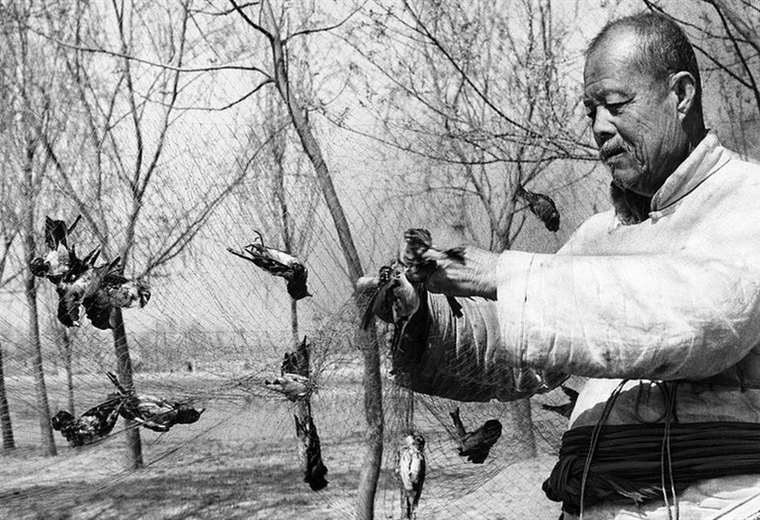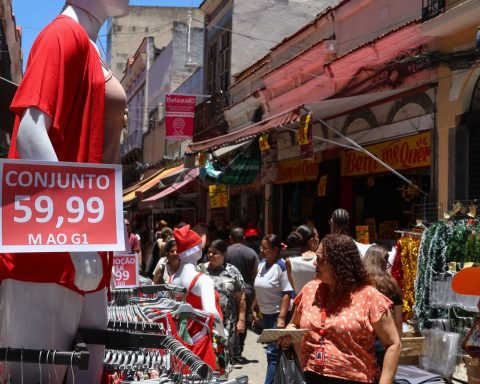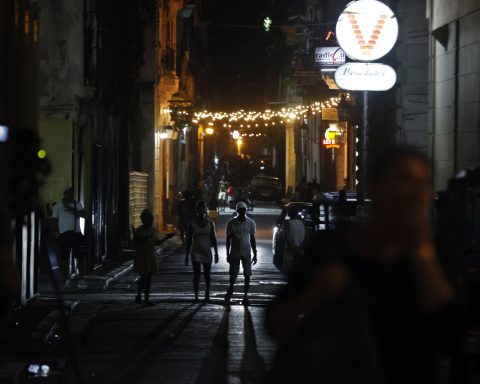Severe weather events and climate impacts such as mega-droughts, extreme rainfall, heat waves and melting ice are affecting Latin America and the Caribbean, according to the World Meteorological Organization (WMO) report presented this Saturday, which “confirms one of the most shocking hypotheses in relation to our region,” said the Deputy Minister of the Environment, Sergio Federovisky.
The report, titled ‘The state of the climate in Latin America and the Caribbean 2021’ and presented within the framework of a conference for the countries of South America in Cartagena (Colombia), pointed out that the deforestation rates in the region are “the highest since 2009 “ and the Andean glaciers lost “more than 30% of their surface in less than 50 years”.
These events have repercussions on ecosystems, food and water security, people’s health and the fight against poverty, in addition to undermining “climate change mitigation initiatives,” the WMO said.

“The report confirms one of the most shocking hypotheses in relation to our region linked to climate change, which is that although Latin America and Argentina in particular are not major players in the generation of pollution or greenhouse gases that give rise to climate change, they are among the regions most affected by these consequences,” said Federovisky.
Extreme rainfall caused flooding and the 2021 Atlantic hurricane season was the third most active on record in that basin
For this reason “It would be necessary to reflect on the role of the countries that do have a direct relationship, and evaluate what should be the aid of these countries to other regions that are clearly victims of the situation”he added.
In turn, one of the conclusions pointed out by the report is that deforestation in the Brazilian Amazon rainforest doubled compared to the 2009-2018 average, and in 2021 22% more forest area was lost compared to 2020.
About, The Vice Minister of the Environment pointed out that deforestation is “one of the causes or co-causers of climate change”, and both Latin America and Argentina “have responsibility because we have not been able to reverse the trend of systematic loss of native forests”.
For his part, the Secretary General of the WMO, Petteri Taalas, stated that “hydrometeorological risks – such as droughts, heat and cold waves, tropical cyclones and floods – caused the loss of hundreds of lives, caused serious damage to agricultural production and infrastructure and caused population displacement”.
In addition, it is anticipated that “increasing sea level rise and continued warming of the oceans continue to affect livelihoods, tourism, health, food, energy and water security in coastal areas, particularly in small islands and Central American countries,” Taalas said.

The report also highlighted the warming trend in temperature in Latin America and the Caribbean, which went from 0.1 degrees per decade between 1961 and 1990 to 0.2 degrees per decade between 1991 and 2001.
In Argentina, more precisely in the Paraná-Plata basin, the report showed that the drought caused damage to agriculture and reduced harvests.
However, this “not only brings consequences to agricultural activity that can be measurable, but also to other issues such as the provision of running water or, worse yet, the proliferation of forest fires in areas that are normally under water. Federovsky said.
At the same time, glaciers have lost -at least- 30% of their surface since the 1980s and show a negative trend in terms of their mass balancewhile some glaciers in Peru lost more than 50% of their surface, which aggravated the risk of water scarcity for the population.

As for sea level, it continued to rise at a faster rate than globally, affecting freshwater aquifers, eroding coastlines, flooding low-lying areas, and increasing storm surge risks.
Some 7.7 million people in the region experienced high levels of food insecurity in 2021
Meanwhile, the “megadrought” that is punishing the central zone of Chile became the longest in the region in the last millennium, putting that country at the head of a context of water crisis in the region, together with the multi-year drought in the Paraná-Plata basin, the worst since 1944.
In addition, extreme rainfall caused floods and landslides and the 2021 Atlantic hurricane season was the third most active on record in that basin.
In parallel, some 7.7 million people in the region experienced high levels of food insecurity in 2021, and the Andes, northeastern Brazil, and the countries of northern Central America are some of the regions most sensitive to migration and climate-driven displacement.

Given this, Federovisky stressed the importance of working on adaptation programs “that can temper the increasingly catastrophic and acute effects of this type of situation.”
“The measures to date have always been very much aimed at alleviating the most immediate effects and curbing greenhouse gas emissions.. I think it’s time, and the Ministry of the Environment has it today as one of its clearest premises: design adaptive policies, mitigation policies and work to reduce the vulnerability of populations,” concluded the Environment official.


















